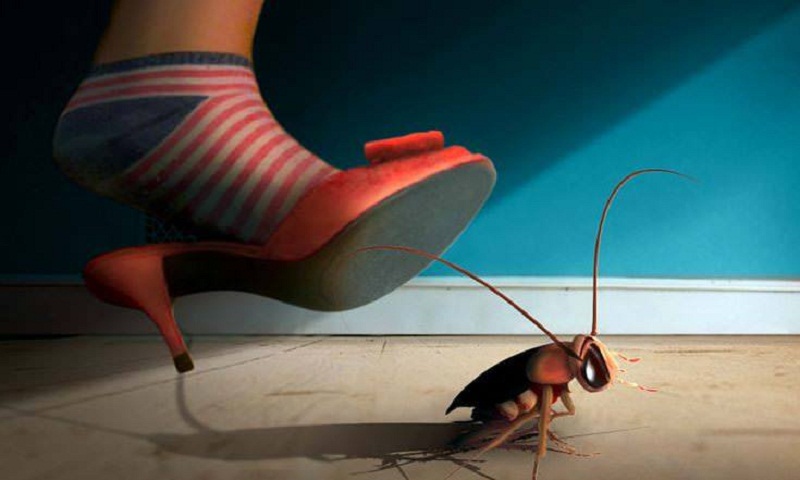Hedges need quite a bit of maintenance, especially during the summer months, so knowing when and how to trim your hedge will help you to ensure that it stays healthy and looking good all year round.

When to Trim Your Hedge
This depends on the type of hedge. Make sure, however, that there are no nesting birds there when you decide to trim it. It is an offence to trim a hedge that is being used by nesting birds.
Popular Hedging Plants and When to Cut Them
Evergreen
• Ilex aquifolium (Holly) – Once towards the end of summer
• Buxus sempervirens (Box) – Two or three times during its growing period
• Cotoneaster lacteus – After fruiting
• Prunus laurocerasus – Prune a few times throughout spring/summer
• Lavandula (Lavender) – Prune straight after it has flowered

Conifers
• Chamaecyparis lawsoniana (Lawson cypress) – Cut a couple of times throughout spring and summer
• Taxus baccata (yew): Cut twice during the summer and autumn
Safety Tips Before You Start
Weather: Make sure it’s dry outside, as stated by https://www.electricalsafetyfirst.org.uk/guides-and-advice/electrical-items/hedge-trimmers/. You don’t want to be trimming your hedge with an electrical trimmer in the rain. Electricity and water are never a good mix.
If the weather isn’t an issue, then check your equipment is in good working order. If you need to replace anything or need any new parts like Mountfield spares, make sure you purchase them in advance from places like https://www.diyspareparts.com/parts/mountfield/.
Clothing and footwear: Wear sturdy non-slip shoes so that you have a secure footing when using your trimmer. The clothes you wear should be tight-fitting but allow you to move freely. Goggles and gloves should also be worn for added protection.
How to Shape Your Hedge
Make sure the cord is behind you, your footing is sure and you’re a comfortable distance away from your hedge. Turn on the trimmer at its lowest speed until you’re comfortable with its movement. Always use two hands and move the trimmer along the top of the hedge to cut it to the ideal height.
Once you’ve trimmed the hedge to the shape you want, you can then remove the excess growth that has occurred within the inner part of the hedge. Do this by using a pair of pruning shears to remove unwanted twigs and dead branches, which should in turn encourage new growth.


